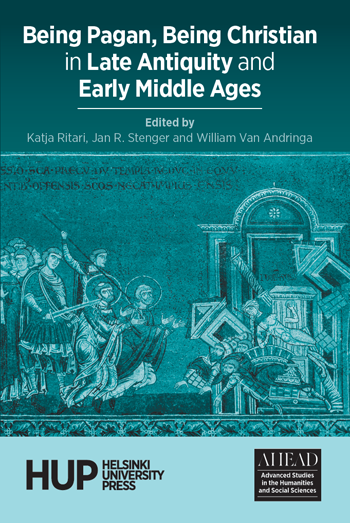
It is my great pleasure to announce that the book Being Pagan, Being Christian in Late Antiquity and Early Middle Ages edited by the splendid Katja Ritari, Jan Stenger and William Van Andringa has just been published. The book is open access and is found on-line here, as the publication in the new series AHEAD: Advanced Studies in the Humanities and Social Sciences by Helsinki University Press.
I am particularly happy because the book is based on the memorable seminar that we, Katja, Jan, William and I, organised together in November 2016.
My own contribution is ”In Search of Local People and Rituals in Late Antiquity”. Abstract: ”In Late Antiquity and the Early Middle Ages, ecclesiastical leaders often defined as pagan, superstitious and even magical those rituals and beliefs that they disliked. Augustine of Hippo, for instance, depicted a number of practices as pagan elements that recent converts could not abandon and therefore carried with them into the Church after Constantine’s conversion. Augustine and other church leaders were influential in setting out the course of interpreting local popular forms of religiosity as magic (‘magical survivals’) or leftovers of paganism (‘pagan survivals’). In this chapter, I illustrate local and popular forms of late antique religiosity with a few examples taken from the writings of Zeno of Verona, Maximus of Turin and Augustine of Hippo as well as later Latin writers such as Caesarius of Arles and Martin of Braga. I wish to break away from traditional dichotomies such as pagan/Christian, religion/magic and religion/superstition and to observe religious practices in the late antique and early medieval world on their own terms. We may call that religious world the third paganism, popular Christianity or whatever, but choosing the term is not relevant here. Instead of taking local forms of religiosity simply as ‘magical survivals’, ‘pagan survivals’ or ‘Christian superstition’, we should analyse local religious worlds in their different socio-political contexts.”

